What is Cognitive Load?
What is cognitive load and how does understanding it improve course design?
Dig a little deeper into learning technique discussions and articles these days, and you will find that the concept of cognitive load is becoming more and more prominent. It’s not a new concept – the theory has been around since the 1980s. But with the advent of e-learning in particular, the need to recognise and manage cognitive load is increasingly a major focus for instructional designers. So, what exactly is cognitive load? Why does it need attention? And how should it be managed to create the most effective learning applications? Most importantly, why does anyone who is not an instructional designer or content developer need to know what it is?Good course design manages cognitive load to help the learner use working memory and long-term memory in the best way. The term cognitive load describes how much of your working memory is taken up by a certain task or attention demand. Your working memory is the restricted amount of information that your brain keeps available for a temporary period so that you can manipulate it to perform a task, learn or understand a fact, or make a decision. For example, your working memory is in action when you have a conversation. It’s what you use to recall what they have said, measure it against what you know or believe, and then respond. It’s the critical structure for learning secondary knowledge – that is, anything you need to be taught, that you don’t automatically acquire.
Working Memory
- Temporary information holding system.
- Immediate and limited.

Cognitive load and e-learning design
E-learning has opened up a vast new array of teaching options and tools such as animation, YouTube access, graphics, audio, interactivity, gamification and more. As with any innovation, the inclination is to play with all the toys! But this is not necessarily beneficial. Too many kinds of information coming in at the same time can conflict with each other and actually impede learning instead of supporting it. The instructional designer or content developer needs to be aware of the pitfalls and must be able to present information that engages, instructs, transfers efficiently and most of all, does not distract! Awareness of the three types of cognitive load is integral to successful e-learning design. These three types are intrinsic load, extraneous load and germane load.Intrinsic load relates to the complexity of the subject. It is obvious that there is a marked difference between learning simple arithmetic or quadratic equations, which logically would result in varying levels of intrinsic load. The instructional designer needs a good grasp of the level of internal complexity of a subject, to create an accessible scaffolding for learning.
Intrinsic Load
- How complex is subject matter?
- Avoid information overload.
- Use scaffolding to break complex ideas up into digestible nuggets.
Extraneous load has been described as the additional stress placed on a learner due to how the material is presented. Extraneous load comes from elements that require extra processing. These are things that may not assist learning and could confuse or distract the learner from the main message. Busy decorative graphics, onscreen text that repeats voiceover word for word, onscreen text that does not relate to the voiceover, random animations and even poor colour contrasts or ornate font choice can all impede a smooth learning experience. This load type is the one that needs most immediate consideration in designing e-learning presentations.
Extraneous Load
Eliminate unnecessary clutter like:- Non-relevant information
- Screen clutter
- Text overload
- Monotone voice
Germane load is the amount of effort that is needed to process the information, construct a framework to store it and transfer it to long-term memory. In other words, it’s the work the brain does to understand a piece of information by retrieving prior knowledge from long-term memory, using that as a base to build the next layer of understanding and then returning it to long-term memory. You can’t learn without engaging germane load, so this is the part of the cognitive load we want to make sure has room to manoeuvre. It won’t be able to do the job if the other two load types are already taking up all the working memory processing room. Prompts and reminders in instruction that refer to existing knowledge are a good way to promote this function.
Germane Load
Include references to past experiences like:- “Remember as a kid you used to…”
- “When we worked on the project last week, remember…”

Why you need to know this
The question is, why does anyone other than the instructional designer or content developer need to know about this? If you are looking for course design that will teach exactly what you need in the best, most efficient way, do you know what kind of criteria you should be using to measure the many options available? A quick glance at a course example can tell you quite a lot based on the foregoing principles.- Is the course ‘death by PowerPoint?’ – i.e., does it have masses of text onscreen with a voice droning on, repeating the text verbatim?
- Do you find the visual interface so busy that that your eyes get tired trying to look at moving elements or clashing colours? Does a flashing arrow distract you from what the voice is saying?
- Is the material so complicated that a brief survey did not allow you to identify what the course is about or help you learn something new?
